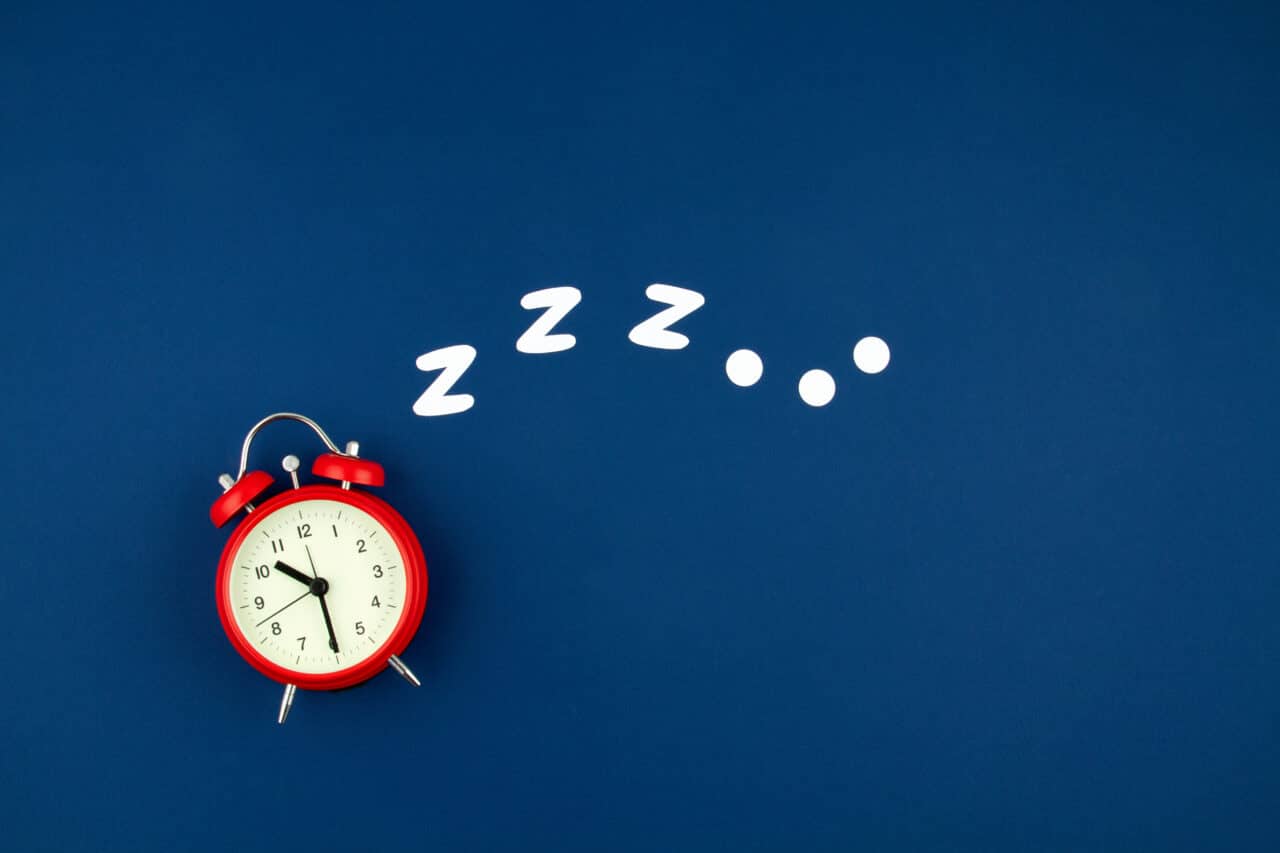Benzodiazepines and opioids are two powerful classes of medication, each prescribed for different purposes. Benzodiazepines, commonly referred to as benzos, are sedatives prescribed to treat anxiety, sleep disorders or muscle spasms. Opioids, on the other hand, are potent painkillers designed to alleviate pain.
While both drugs can be effective when used separately under medical supervision, mixing them can lead to severe and potentially life-threatening consequences. The combination of these two substances significantly raises the risk of overdose, addiction and even death.

Why People Mix Benzodiazepines and Opioids
Despite clear warnings from healthcare providers, some individuals may still take both benzodiazepines and opioids together. This can happen for various reasons. In some cases, people receive prescriptions for both drugs from different doctors who may not be aware of what the other is prescribing. For instance, a person might be prescribed benzos to manage anxiety or sleep problems while being treated with opioids for chronic pain.
In other situations, individuals may misuse these medications to heighten their sedative or pain-relieving effects. Unfortunately, this decision comes with serious risks. Both medications slow down the central nervous system, leading to dangerous outcomes like extreme drowsiness, confusion and respiratory depression.
The Dangers of Combining Benzos and Opioids
One of the most alarming risks of mixing benzodiazepines and opioids is the increased potential for an overdose. Each of these medications alone can depress breathing and heart rate, but when taken together, the effect becomes much more severe. Opioids are already known to slow breathing, and benzodiazepines enhance that effect, making it much harder for the body to get the oxygen it needs. This can result in coma or death, even at relatively low doses.
According to research from the National Institute on Drug Abuse, more than 14% of opioid overdose deaths involve the use of benzodiazepines. This statistic highlights just how dangerous the combination of these drugs can be. In addition to the physical dangers, benzodiazepines and opioids also have a high potential for addiction. When taken together, the risk of becoming dependent on both substances increases significantly. This can lead to a cycle of misuse, making it harder for individuals to seek the substance use disorders treatment they need.
Signs of Overdose and Dependency
The warning signs of an overdose from combining these medications can appear suddenly, and immediate medical attention is essential. Some of the symptoms to watch for include extreme drowsiness, slow or shallow breathing, confusion, dizziness and slurred speech. If you notice any of these signs in someone who has mixed opioids and benzodiazepines, call 911 immediately.
Dependency on these medications can develop over time. Someone may begin to crave the drugs, use them in larger amounts than prescribed, or “doctor shop” to get more prescriptions. If left untreated, this dependency can have a profound impact on their health and quality of life. It is crucial for those experiencing these symptoms to seek help from a treatment provider.
Preventing the Risks of Mixing Benzos and Opioids
The best way to prevent the dangers associated with these medications is to avoid using them together altogether. If you have been prescribed both benzodiazepines and opioids, talk to your healthcare provider. There are often safer alternatives for managing pain and anxiety that do not carry the same risks.
Non-opioid pain management options, such as physical therapy, over-the-counter medications or alternative therapies, may offer relief without the potential for dangerous interactions. Similarly, for those dealing with anxiety or sleep disorders, non-benzodiazepine treatments like cognitive behavioral therapy or lifestyle changes may be effective.
Seeking Help for Opioid and Benzodiazepine Use
If you or a loved one is already mixing benzodiazepines and opioids, it is important to seek help before the situation worsens. Stopping these medications suddenly can lead to withdrawal symptoms, including nausea, muscle aches and seizures. A healthcare provider can guide you through a gradual tapering process to help reduce dependence safely.
At Crossroads Treatment Centers, we recognize the impact that opioid addiction has on individuals and their families. Our commitment to providing effective opioid use disorder treatment is at the core of what we do, and educating the public about the dangers of mixing these medications is part of our mission to promote safer care. If you are ready to take the first step to get help for a substance use disorder, reach out today.
